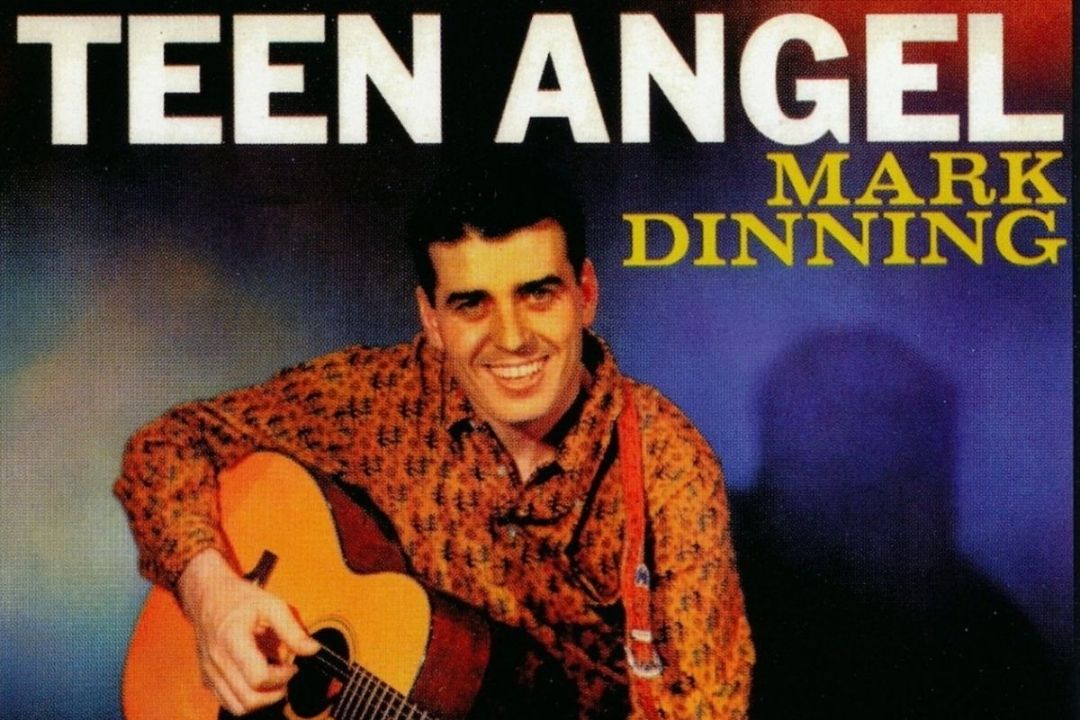About the song
Mark Dinning – “Teen Angel”
A Heart-Wrenching Teenage Tragedy Ballad That Captured the 1960s’ Sentimental Spirit
Released in 1959 and climbing to the top of the Billboard Hot 100 in early 1960, “Teen Angel” by Mark Dinning is one of the most iconic and emotionally evocative songs of the teenage tragedy ballad genre. The song tells a haunting story of young love, sudden death, and eternal loss, delivering a poignant message that resonated deeply with a generation experiencing the cultural transition of post-war America.
“Teen Angel” was written by Jean Dinning (Mark Dinning’s sister) and her husband Red Surrey. Although initially banned by some radio stations for its grim subject matter, the song’s emotional depth and relatability ultimately turned it into a massive commercial success and a lasting cultural artifact.
Story and Themes
At its core, “Teen Angel” is a narrative ballad—a storytelling song told through simple but evocative lyrics. It follows the perspective of a young boy who recounts a tragic car accident that took the life of his beloved girlfriend. The story unfolds with a calm but somber tone:
“That fateful night, the car was stalled upon the railroad track…”
After escaping the vehicle to safety, the girl returns to retrieve the boy’s high school ring—an emotional symbol of their love—and is tragically killed when the train hits the car. The most famous and heartbreaking lines of the song come at the end:
“Teen angel, can you hear me?
Teen angel, can you see me?
Are you somewhere up above,
And am I still your own true love?”
This tragic tale reflects the youthful intensity of 1950s and 1960s teen romance, where love was often portrayed as passionate and eternal, even in the face of death.
Musical Style and Production
Musically, “Teen Angel” is simple but deeply effective. The arrangement features a slow tempo with a gently plucked guitar, minimal percussion, and a lush background chorus that echoes the sense of spiritual longing. A faintly doo-wop influence underpins the harmonies, while Mark Dinning’s vocal performance is smooth, sincere, and tinged with grief.
His vocal tone walks a delicate line between crooning and weeping, carrying the full emotional weight of the lyrics without becoming overly dramatic. The production, modest by today’s standards, creates a quiet, intimate space for the story to unfold, making it all the more haunting.
The record was produced by Wesley Rose and released under MGM Records. Despite being Dinning’s only major hit, the song remains his defining contribution to American pop music.
Chart Success and Public Reception
“Teen Angel” reached #1 on the Billboard Hot 100 in February 1960, where it stayed for two weeks. It also charted in Canada and other English-speaking countries, although it was met with mixed reactions due to its morbid storyline. Some radio stations initially refused to play the song, deeming it too depressing or inappropriate for teen audiences. Despite—or perhaps because of—this controversy, the song gained popularity through word-of-mouth and became a staple of American pop culture.
The emotional themes of youth, love, and loss strongly resonated with teenagers of the era, who were navigating their own experiences with love and mortality in a rapidly changing world.
Cultural Impact and Legacy
“Teen Angel” is often cited alongside other teenage tragedy ballads like “Tell Laura I Love Her” by Ray Peterson and “Leader of the Pack” by The Shangri-Las. This genre, which thrived in the late ’50s and early ’60s, presented cautionary tales about young love cut short, often in tragic or melodramatic ways. These songs spoke to the fears and fantasies of adolescence and captured a specific emotional tone in American youth culture.
Though Mark Dinning never achieved another hit of the same magnitude, “Teen Angel” ensured his place in musical history. The song has been covered and parodied over the years and was famously included in the soundtrack of the 1973 film American Graffiti, directed by George Lucas. Its inclusion in that film further cemented its legacy as a symbol of early ’60s teenage angst and romance.
Over the decades, “Teen Angel” has become a reference point in pop culture whenever themes of young love and tragedy arise. It stands not just as a song, but as a cultural touchstone for an era marked by both innocence and emotional intensity.
Conclusion
“Teen Angel” by Mark Dinning is more than just a chart-topping hit—it is a poignant snapshot of a time when popular music began to explore the deeper emotions of adolescence. Through its simple storytelling, mournful melody, and heartfelt performance, it captured the universal themes of love and loss that still resonate with listeners today. While its style and presentation may feel nostalgic, its emotional core remains timeless. As one of the quintessential teenage tragedy ballads, “Teen Angel” continues to be remembered for its heartbreaking beauty and its place in the emotional soundtrack of American youth.
